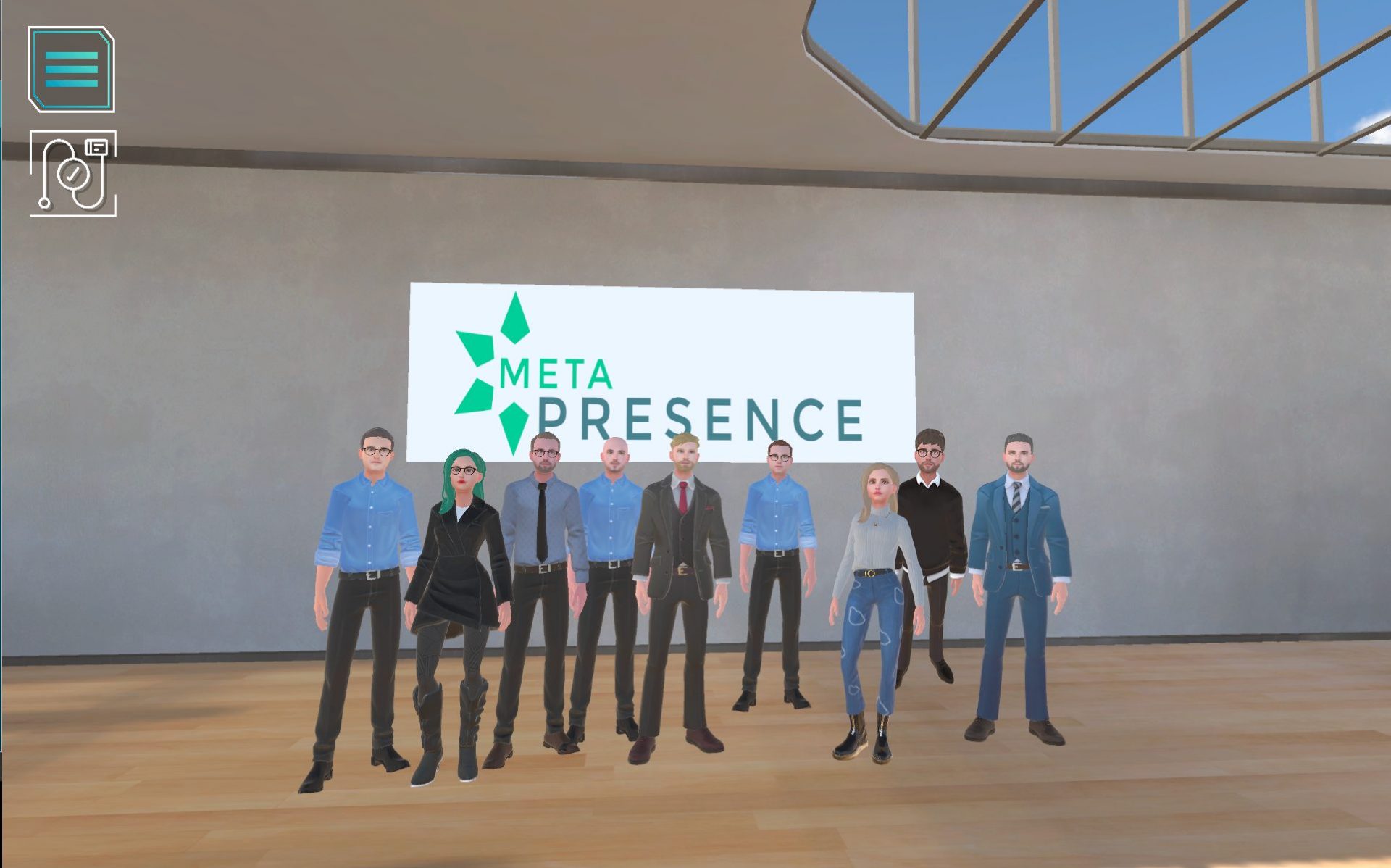Avatars: how to inhabit the Metaverse?
Each cursor click corresponds to a unique identity, all our own, to be explored, expanded, and increased. It is useless to deny that the Internet has been an integral part of our lives for many years now. More and more often we refer to this tool to carry out even the most essential daily activities, such as shopping or buying a plane ticket.
To date, however, we have always been confronted with what we can call the 2D Internet, also called Web 2.0, in which all we could use to interact with it was the cursor of a mouse or (in an even more reductive case) the pressure of a fingertip on a screen. That’s it. Without a doubt, the 2D Internet is not a sufficient tool for entering the experience of the Metaverse and for grasping its immersive richness.
Discover Techstar Metaverse
A BIT OF HYPERHISTORY
For some decades now, in the world of computer graphics, many techniques and technologies for replicating the human figure in its appearance have been developed.
A striking example of this have been the faithful digital reproductions of some important actors who, alas, for sometimes dramatic circumstances, had to leave the film set.
Some such actors have worked in advance, by collaborating with the technical artistic cast of a production to create their own digital version. This technical-technological process has not always been easy to implement, since at the beginning there was a lack of know-how regarding it.
Thanks to the increase in technology democratization throughout time, the availability of the tools necessary for the realization of a meta-human is now not limited only to the big film companies.
HOW IS AN AVATAR BORN?
3D graphics software has multiple features allowing you to significantly streamline this process. This is the case of the recent implementation of a dedicated package within the TechStar Metaverse, Meta Presence.
But how to create an avatar?
There are in fact various possibilities to choose from when we proceed to create our digital twin in the Metaverse. There are many possible versions of an avatar, as many as the styles of the people who draw and produce them, but there is one common trait among them you may be familiar with: most virtual reality tools don't have leg input sensors. That’s the reason why you may often happen to see avatars fluttering around or having a particularly gaunt physical structure with regards to their lower limbs. In TechStar, precisely because of our business vocation, we regularly choose to work in a realistic way, starting for example from a photograph to then model the character and its decorations to reflect the style of our real user. Our CMO was very keen to see her green hair depicted in the Metaverse!
Discover Meta Presence, our solution for business in the Metaverse

OTHER PEOPLE ARE READING:
Discover Meta Presence, our solution for business in the Metaverse
THE DISTANCE BETWEEN YOU AND MY META-HUMAN
Okay, Avatars are nice and cute, but what can they do?
Well, a lot of things.
An avatar occupies a three-dimensional space, which, incidentally, we humans do too, at least as far as physics tells us. An Avatar can associate its movements with those of the person who is impersonating it. We could ask ourselves if, after all, it is the avatars that impersonate us, or vice versa, and this opens up a very complex reflection on our identity in the virtual world, which is not yet the time to discuss. In any case, these cute little creatures (sometimes a bit awkward) are a first form that we can actually call ours on this sea called the Web.
Speaking of the sea, distances also come to mind.
These can have a positive meaning, and a negative one as well: for explorers, the more a place is hidden and unexplored, the more likely it is to have wonderful discoveries... Distances can be a starting point to discover what is still unknown to us!
However, things are less poetic for those who, willingly or unwillingly, is a passionate explorer of everyday road traffic. It is a fact that a good chunk of us throws away a considerable amount of our day on the move. This does not apply, however, to our meta-human friends: they (and we together with them) can go into exploration of any real or imagined scenario that may exist, creating an opportunity not only to project ourselves over a series of physical obstacles, but also to reduce expenses, fatigue, and displacement linked with commuting.
But where exactly do such avatars and scenarios exist?
THE HOUSE OF THE AVATARS: THE METAVERSE
Every self-respecting house has a door. The doors to the "houses" of the avatars are a whole series of devices that, in some way, can augment or reshape the reality surrounding us. In order of immersivity, we can access the Metaverse with devices such as: computers, smartphones, smart-glasses, VR or immersive headsets. Each of such tools has the functionality and technological capabilities required to project images, objects, or entire scenarios in our field of vision (albeit in different ways from one other). In many cases, we are also given the opportunity to interact in some way with the virtual world around us, for example actions such as "grabbing" or "moving" objects within the setting, making such iterations accessible especially for people with reduced mobility in the limbs. In short, the real key to access to the Metaverse is the motivation that lies in building one within everyone's reach, such that it makes cultural, relational, and economic assets closer to our human dimension, and that it happens, this time, with these tools available: the hands, the eyes, and the mind.

